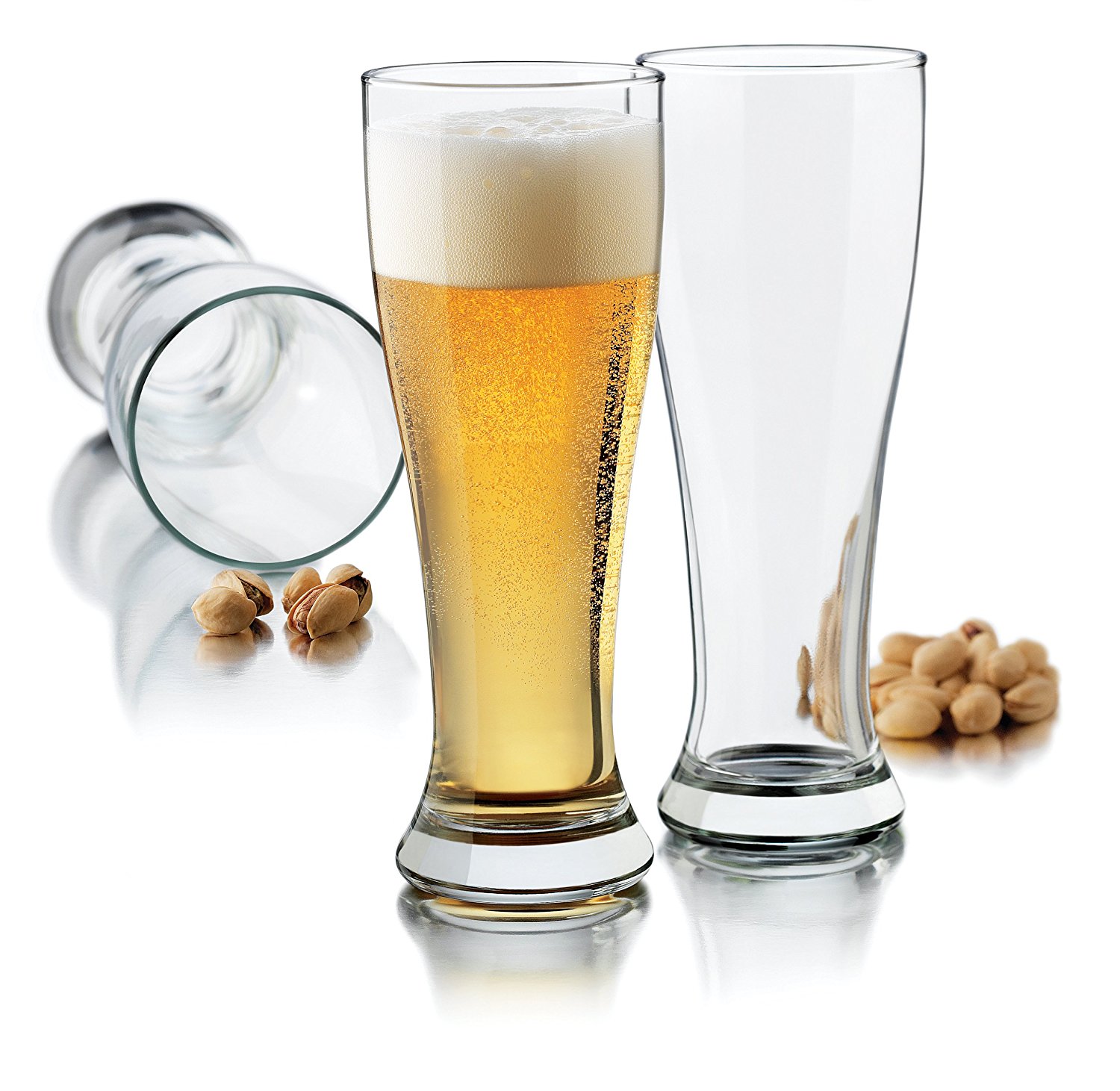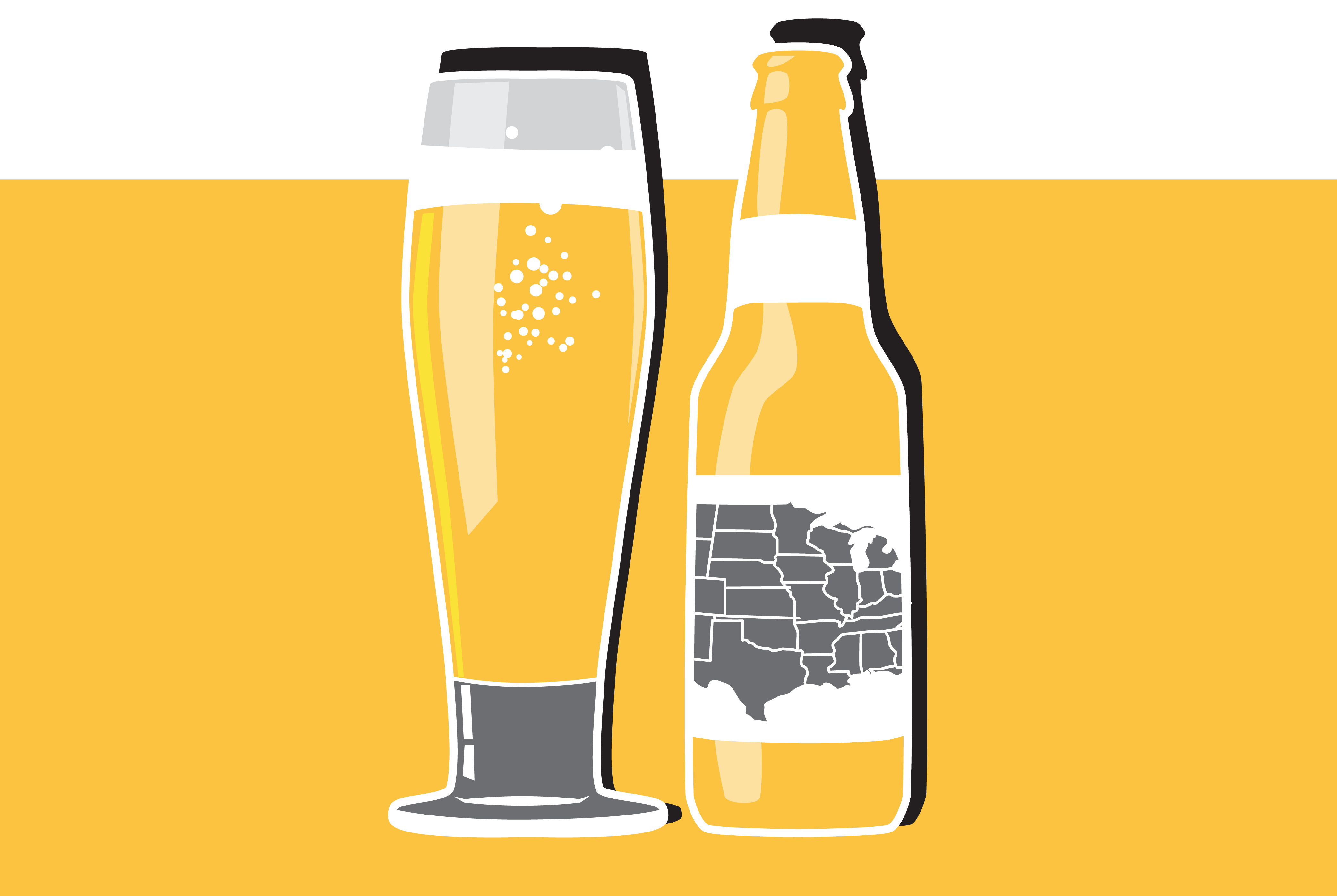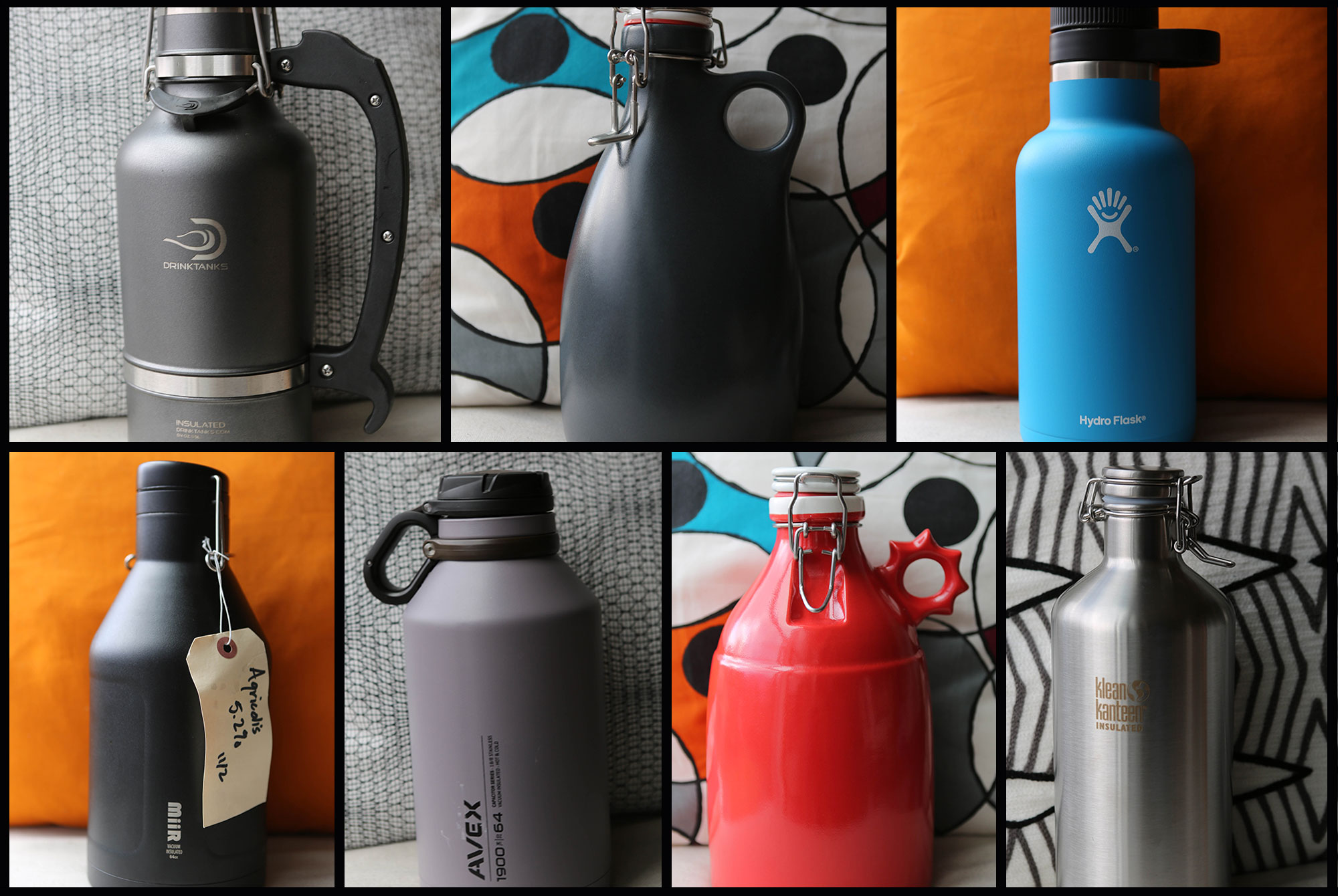Ah, American lagers. Their consumption, often followed by shouts of “’Merica!” or fraternity chanting, did not always come in bulk order. During the eighteenth century, German immigrants brought over the European lager, which they made with a combination of corn and barley malt. It wasn’t until World War II that Americans made the lager their own by replacing grain, which was rationed at the time, with rice.
Today, American lagers are characterized by lighter bodies, little to no bitterness, and low ABV. Their production focuses less on perfecting complex flavors or achieving high alcohol percentage than on reproducing straw-colored, drinkable consistency. This drinkable consistency and the corresponding low price point help to make lagers — particularly pilsners — America’s favorite beer.

Libbey Midtown Pilsner Glass
While a standard beer glass is suitable, a pilsner glass is our choice for lagers.
The American lager wasn’t always our most popular beer. Smaller ale breweries were in abundance prior to Prohibition, but only the breweries capable of outlasting that dark, beerless time in United States history were viable competitors once the market reopened. During Prohibition, Yuengling sold ice cream, Pabst and Miller made malt extract, and Anheuser-Busch diversified their recipes to make nonalcoholic beverages. Post-Prohibition, the cost-efficient American lager became the most popular beer because it allowed breweries to quickly regain much of their lost income.
Today, American lagers remain popular, their cans scattering the gravel lots of professional sporting events and concerts. Some breweries have attempted to commemorate the American lager’s stronger, fuller roots with what they call “pre-Prohibition era” recipes: check out the now discontinued Miller Batch 19 and the popular Brooklyn Pilsner.



